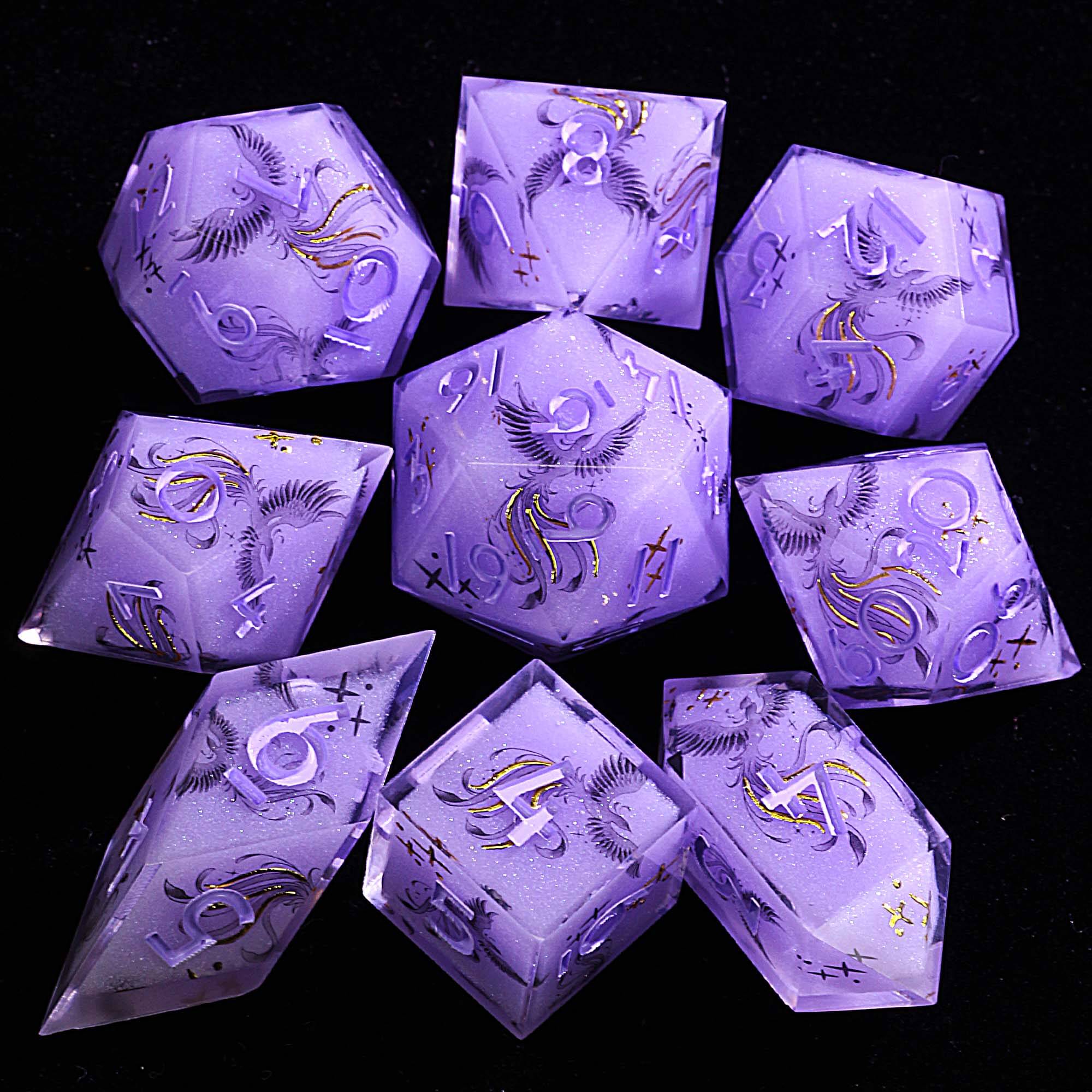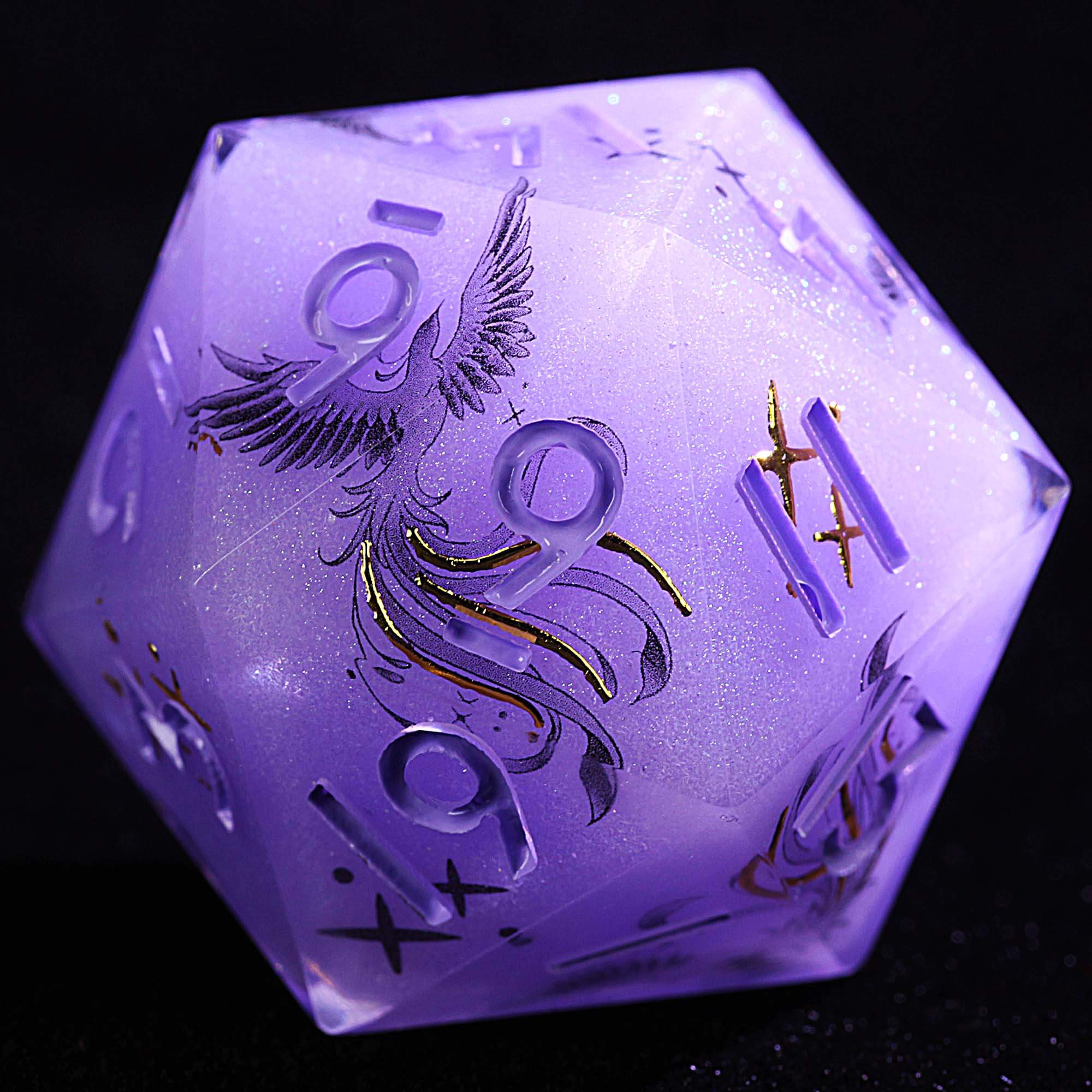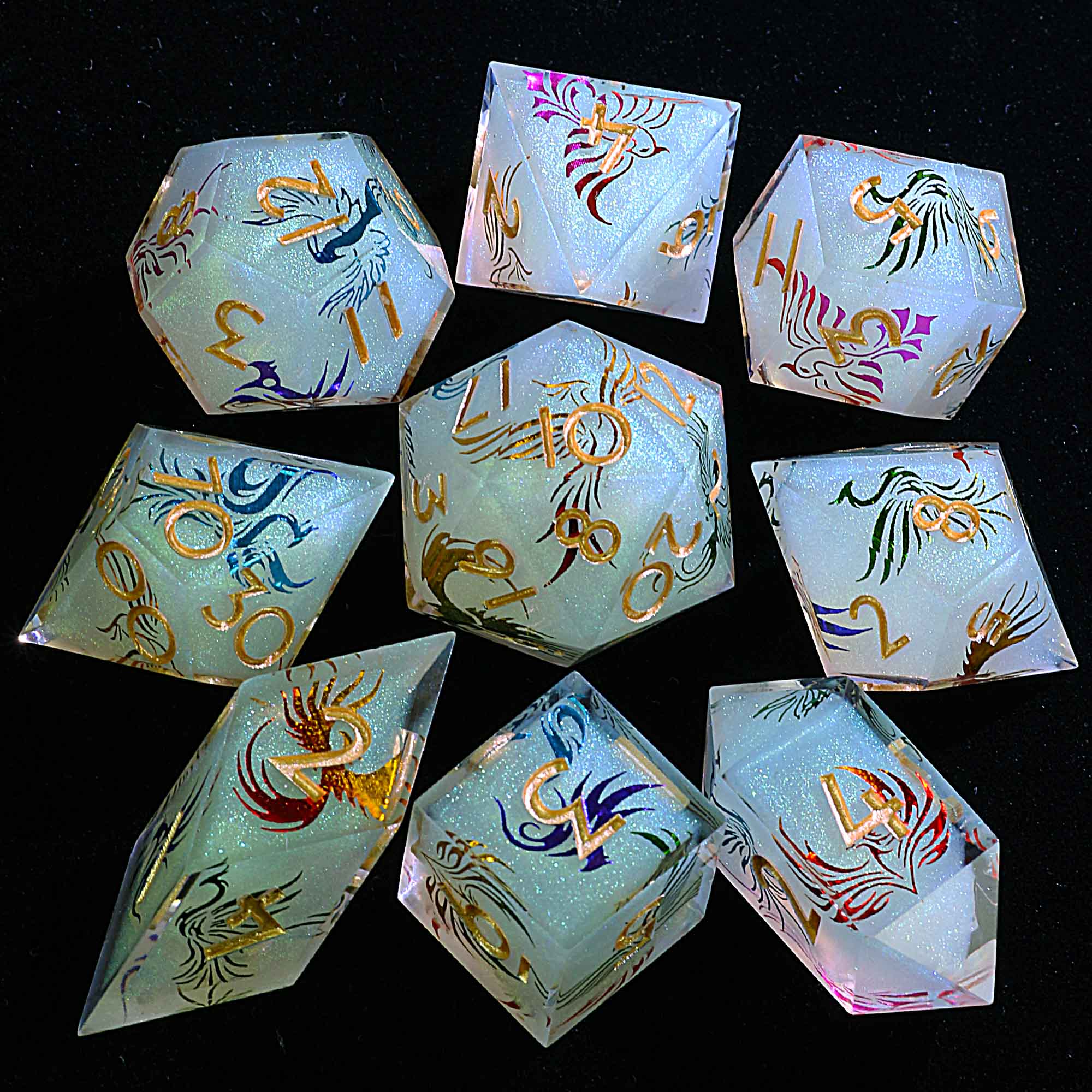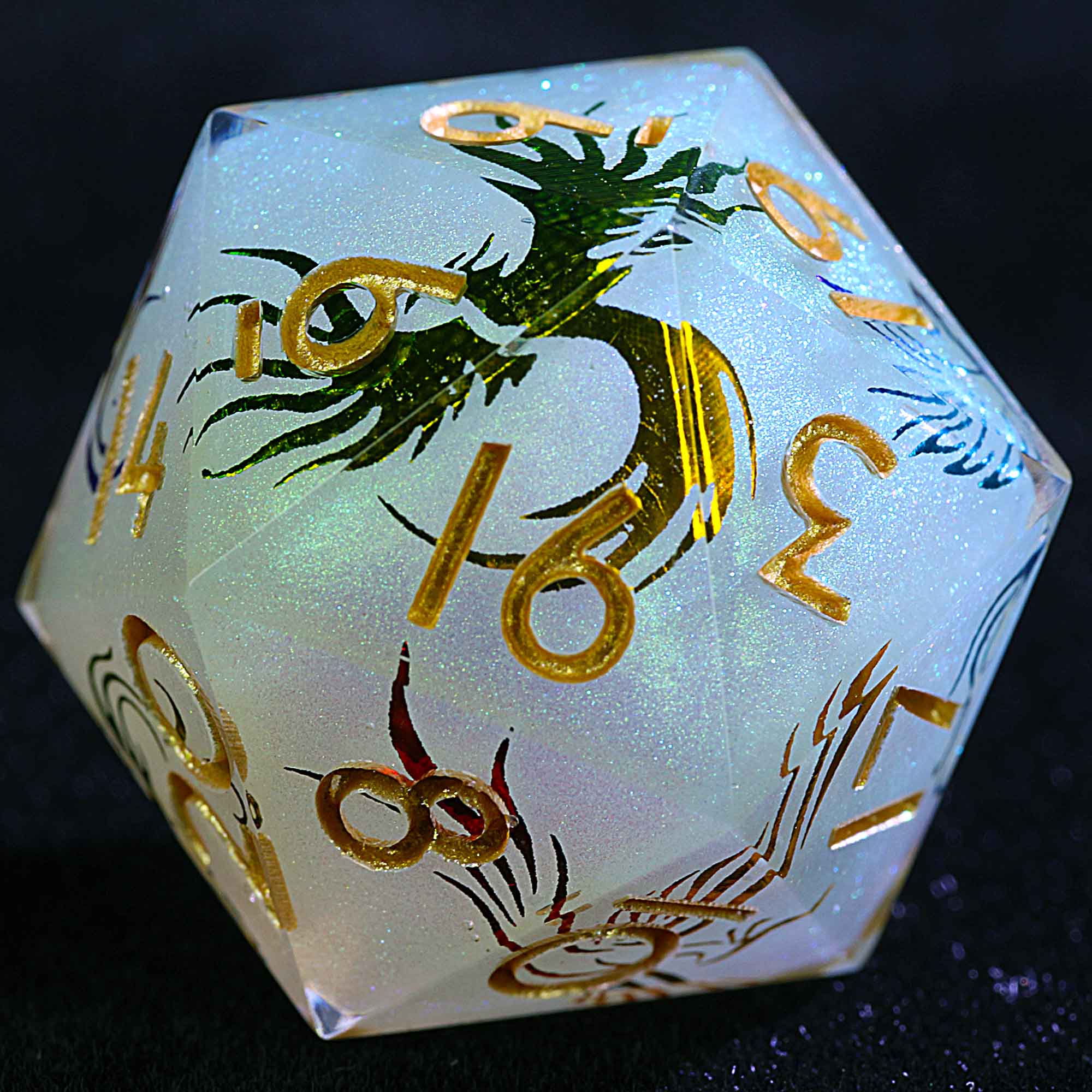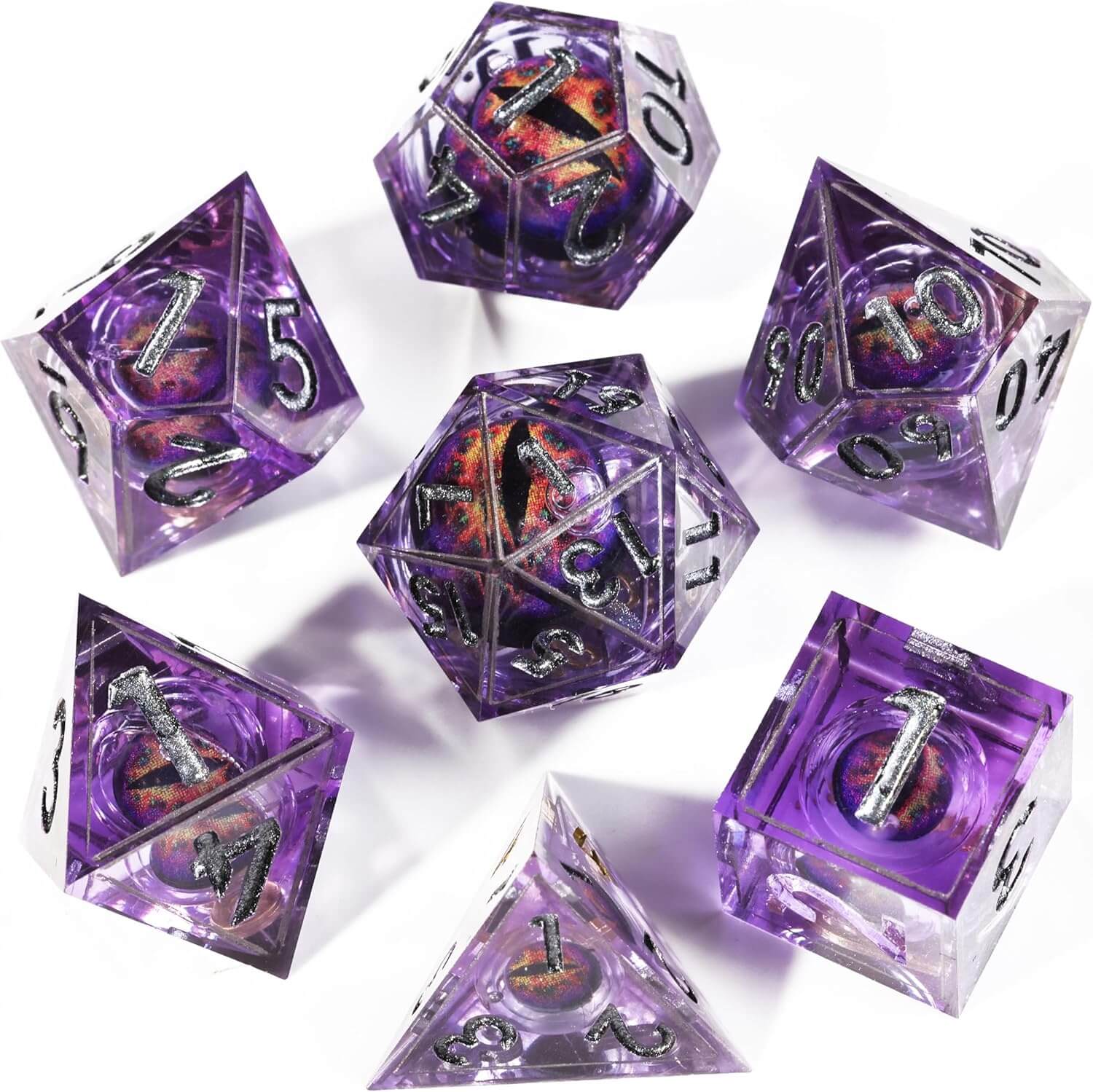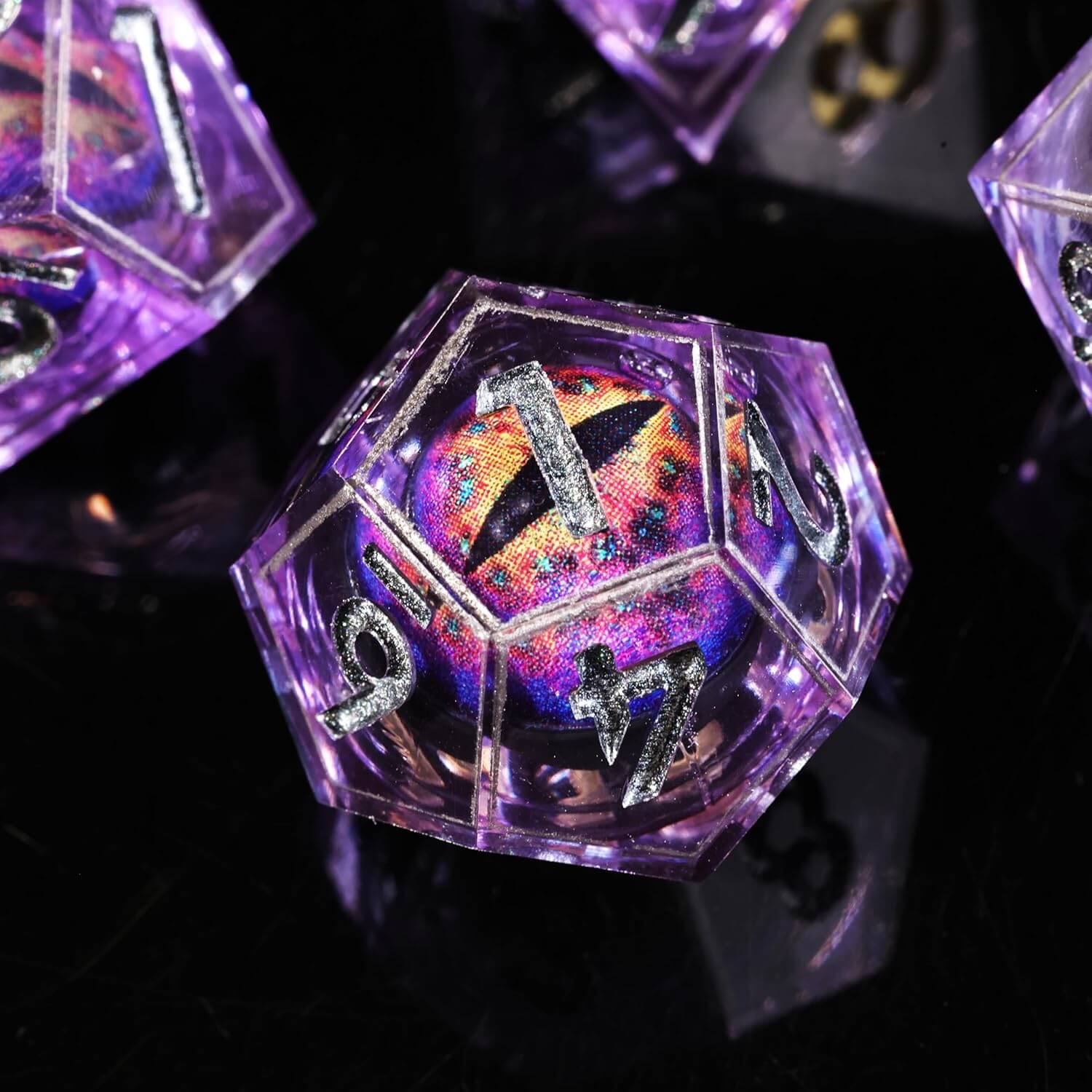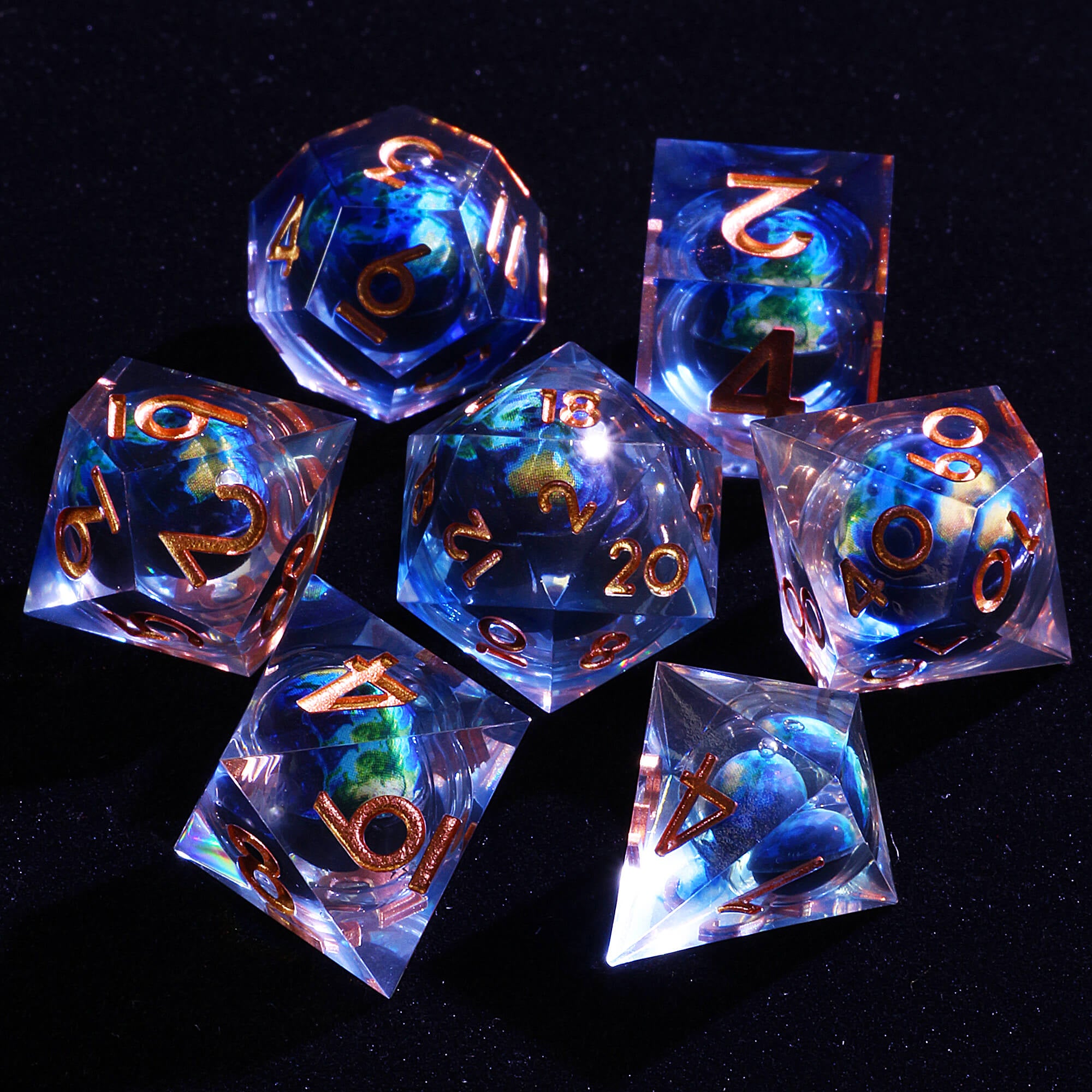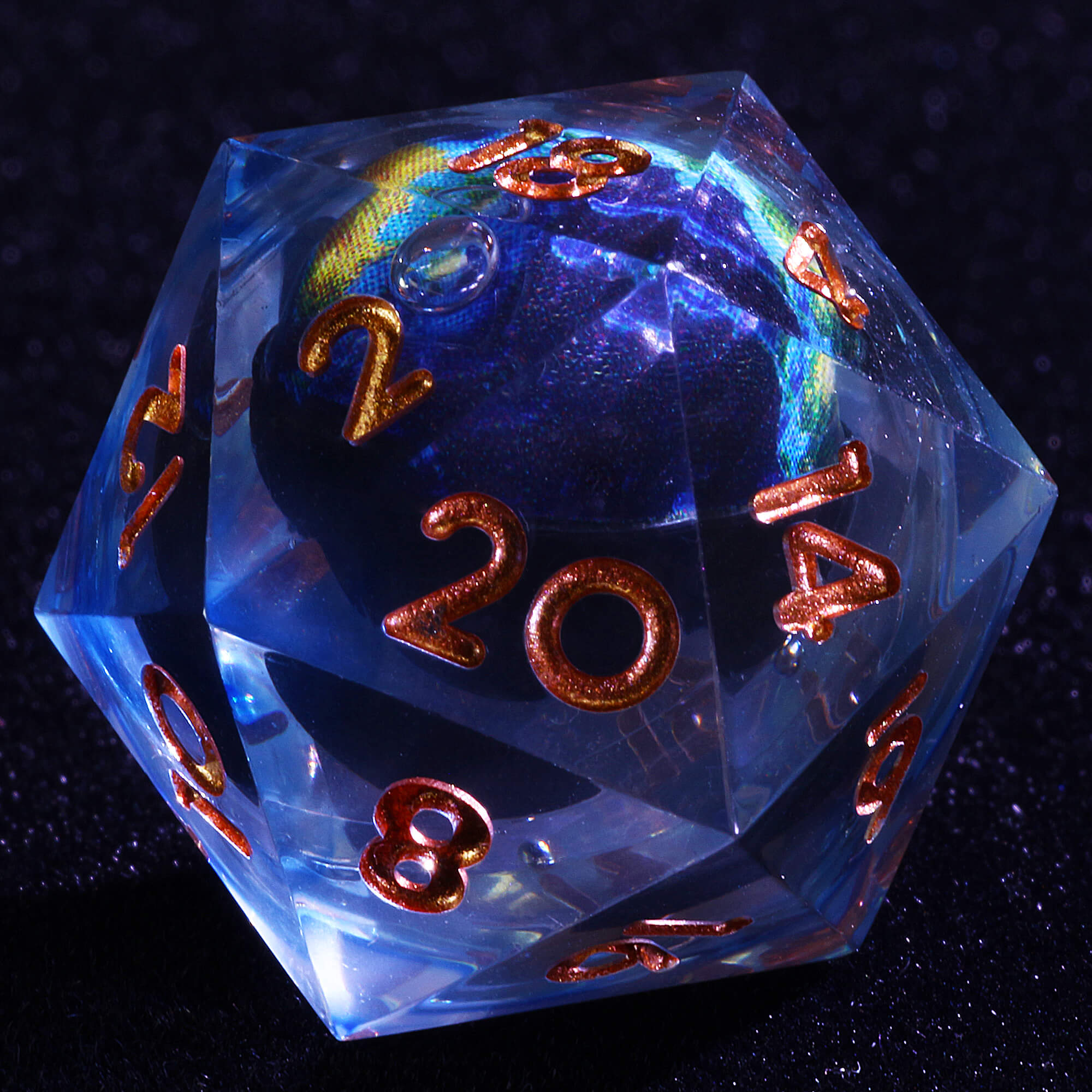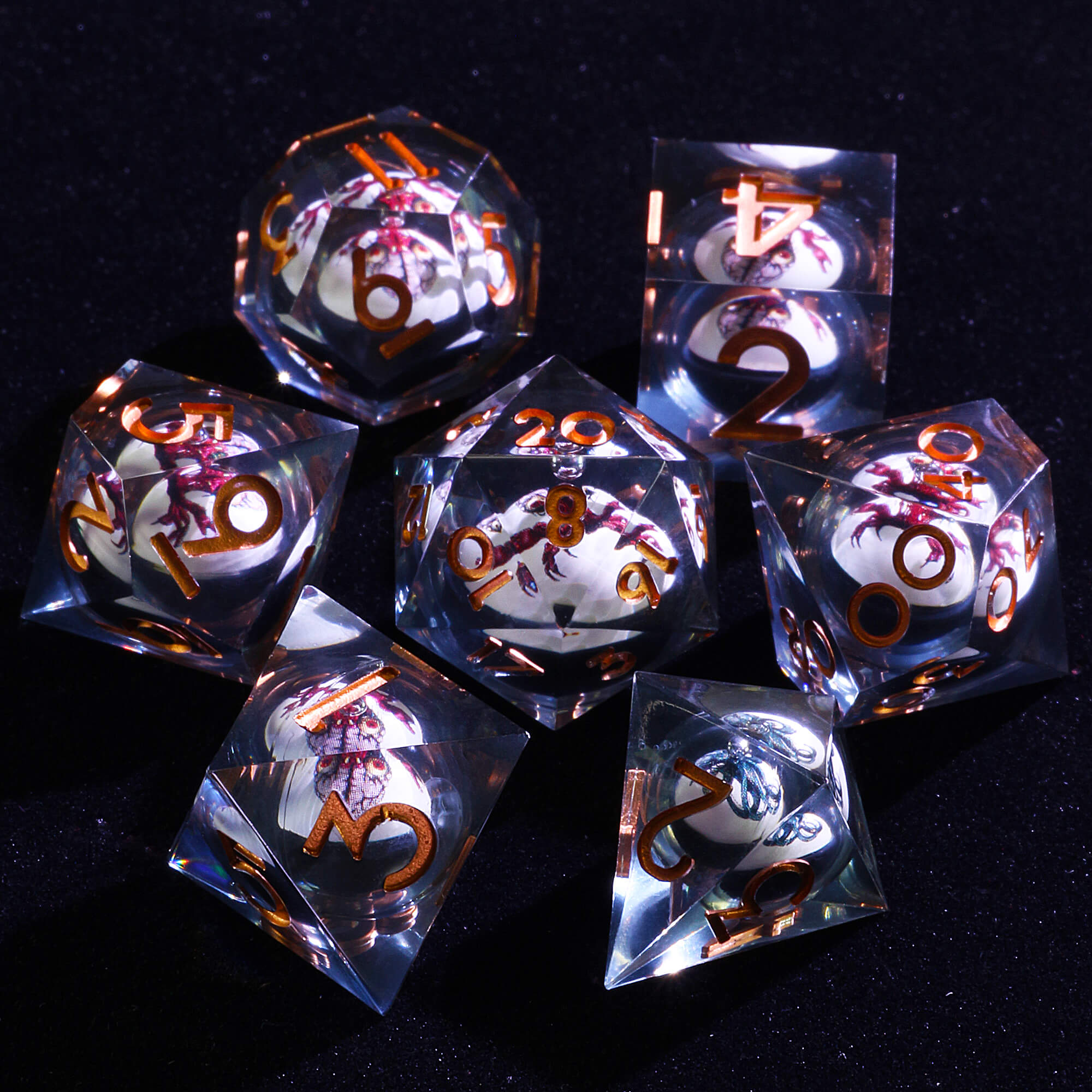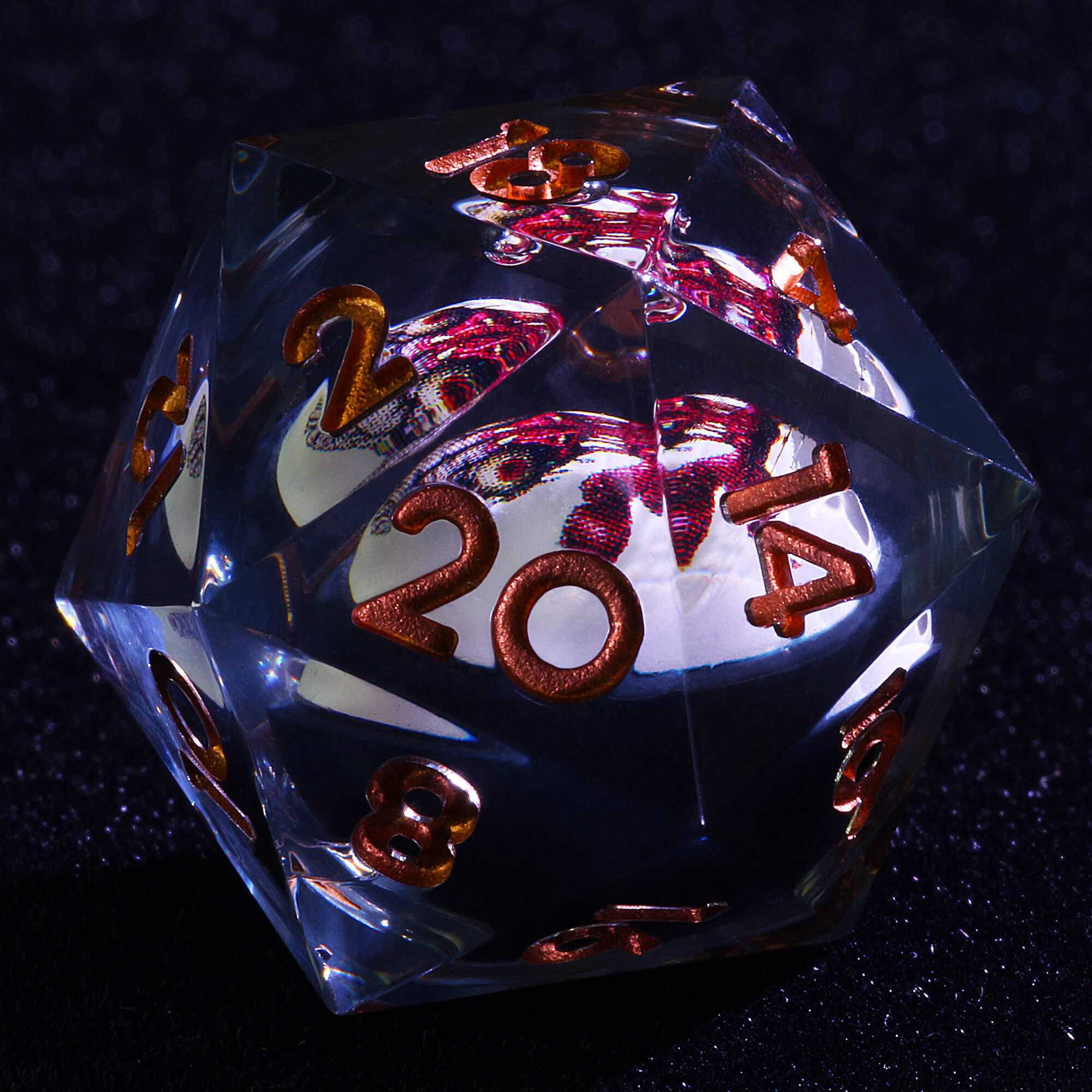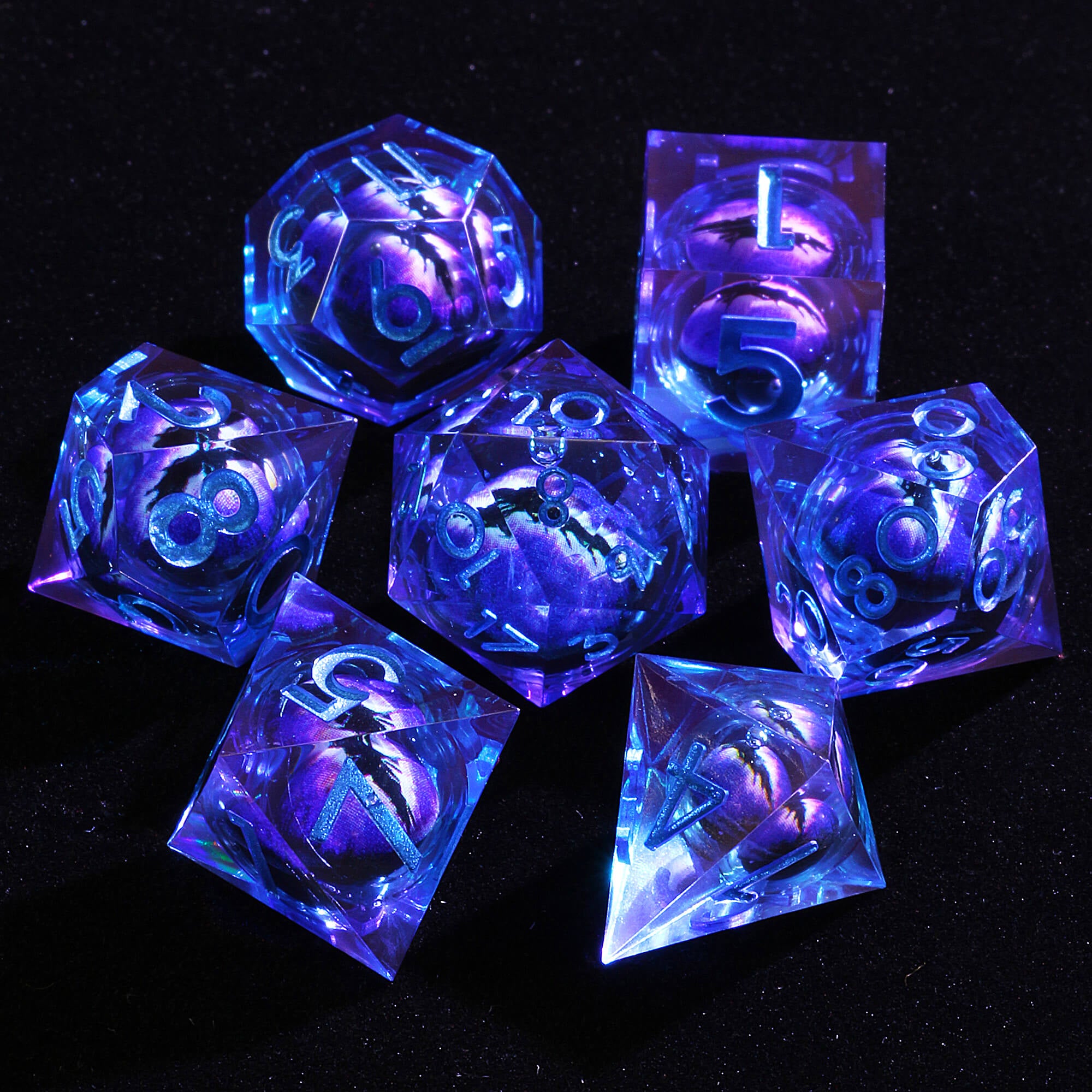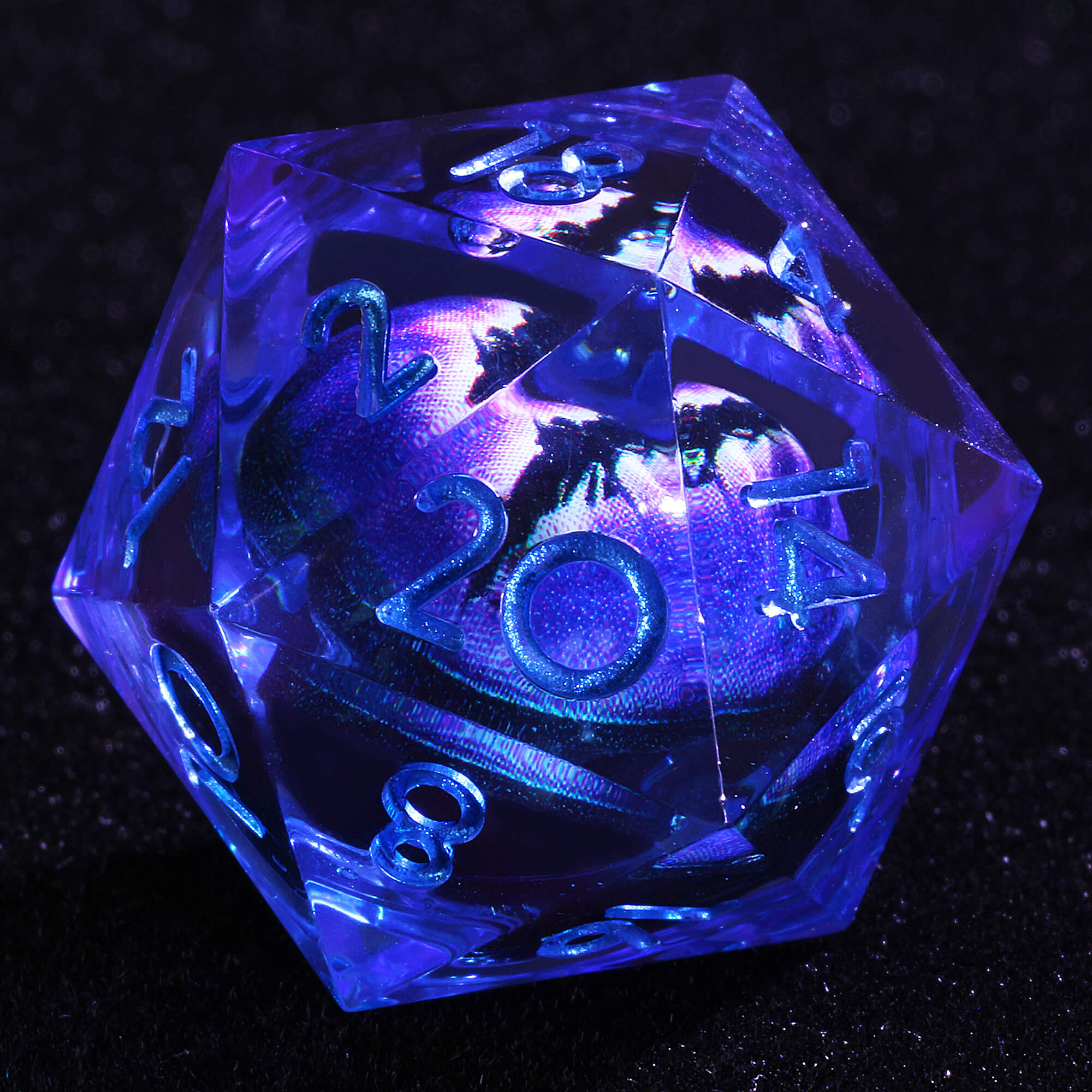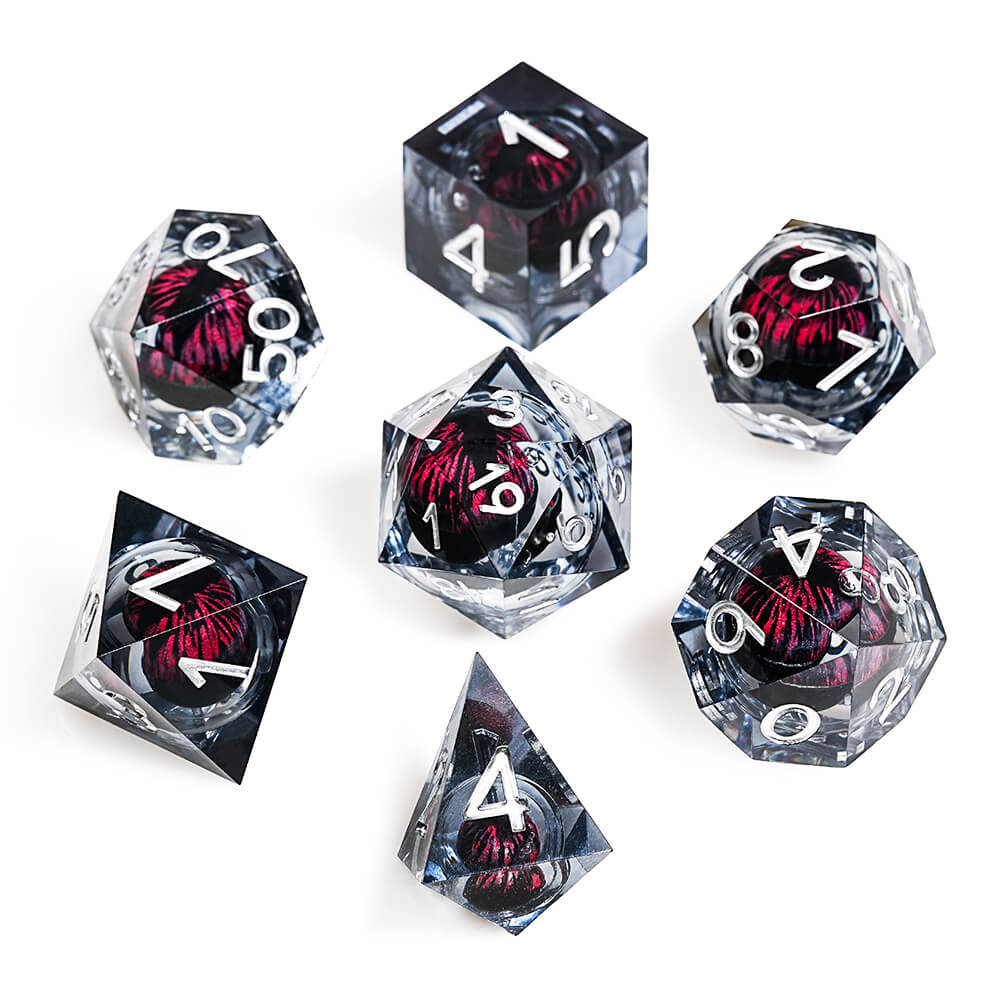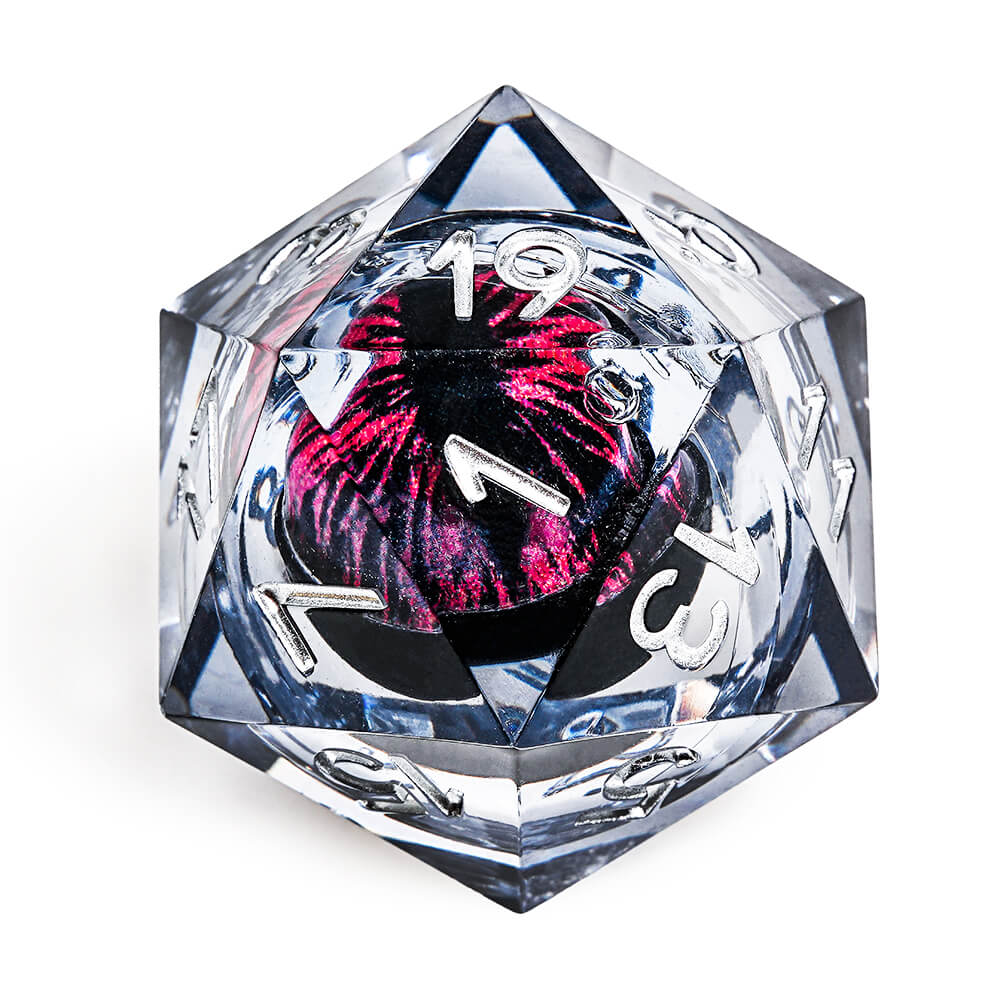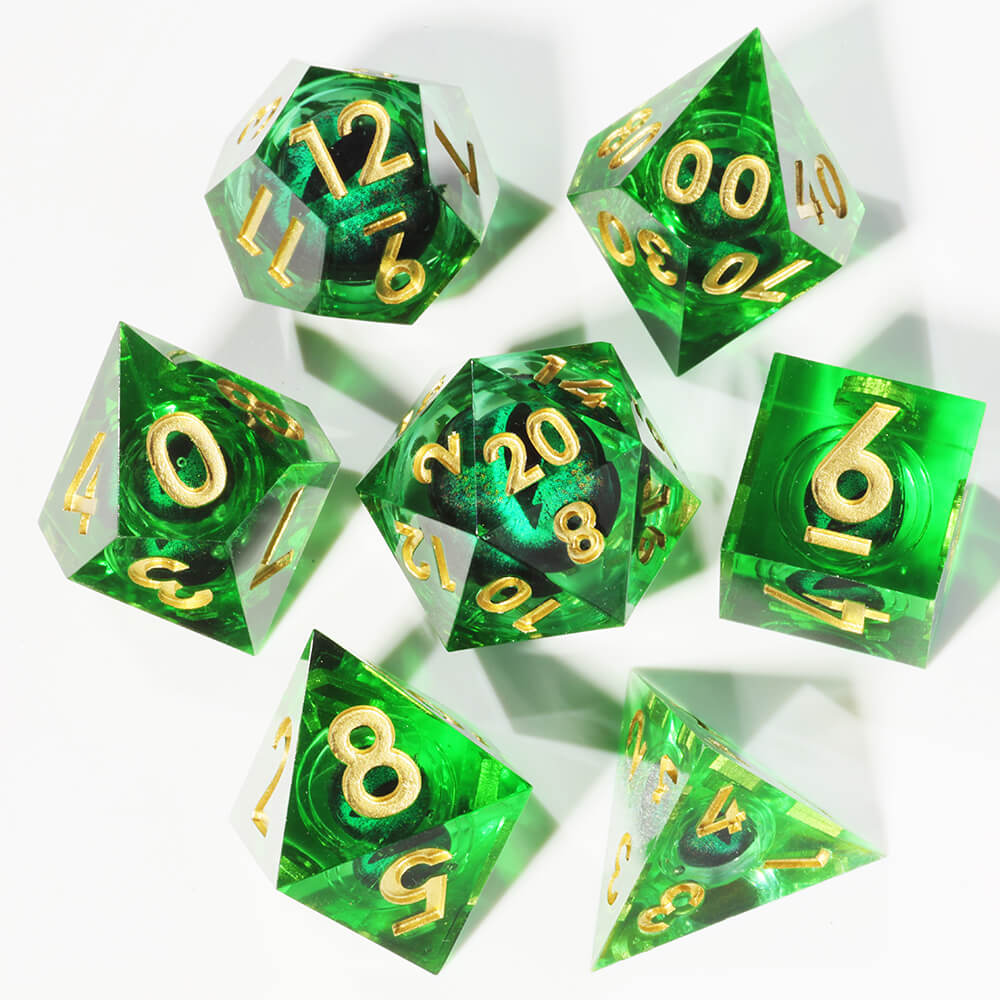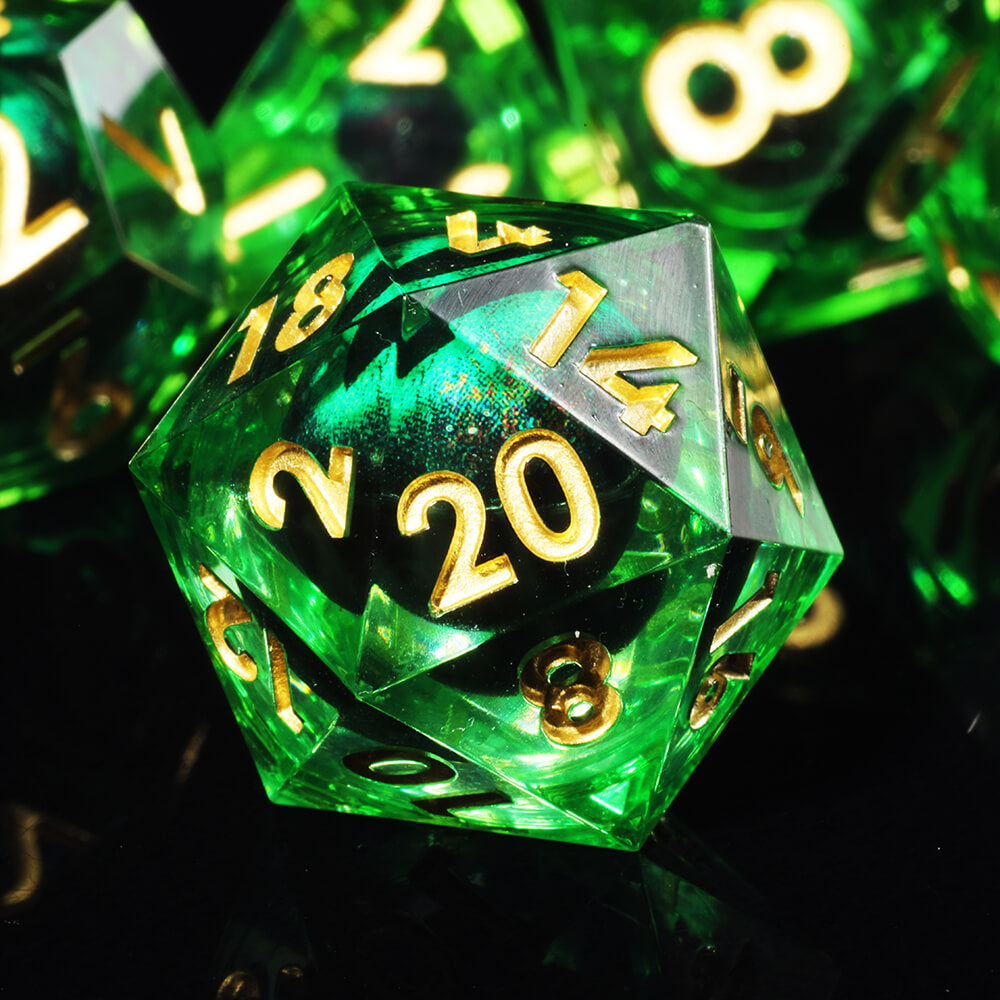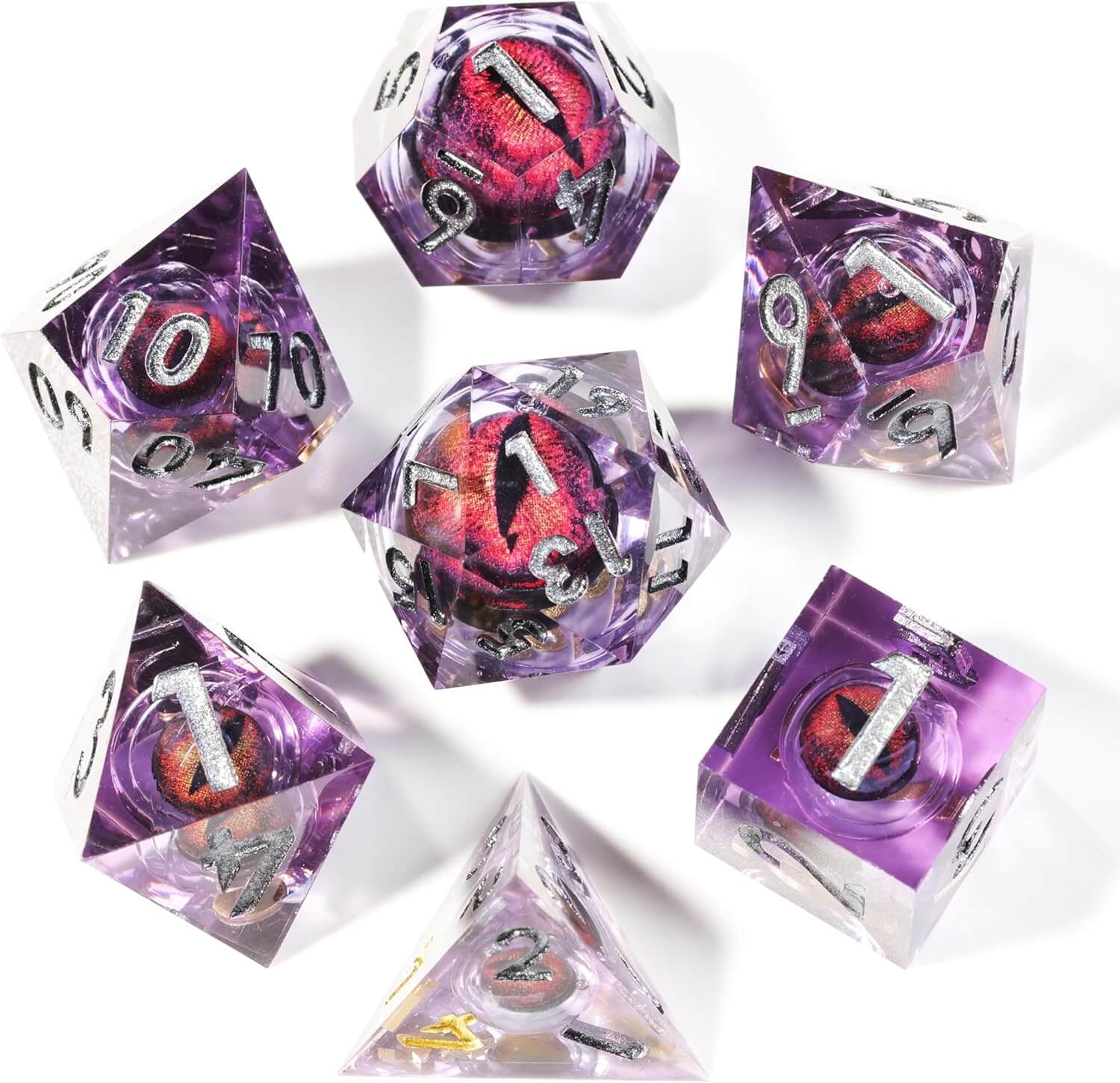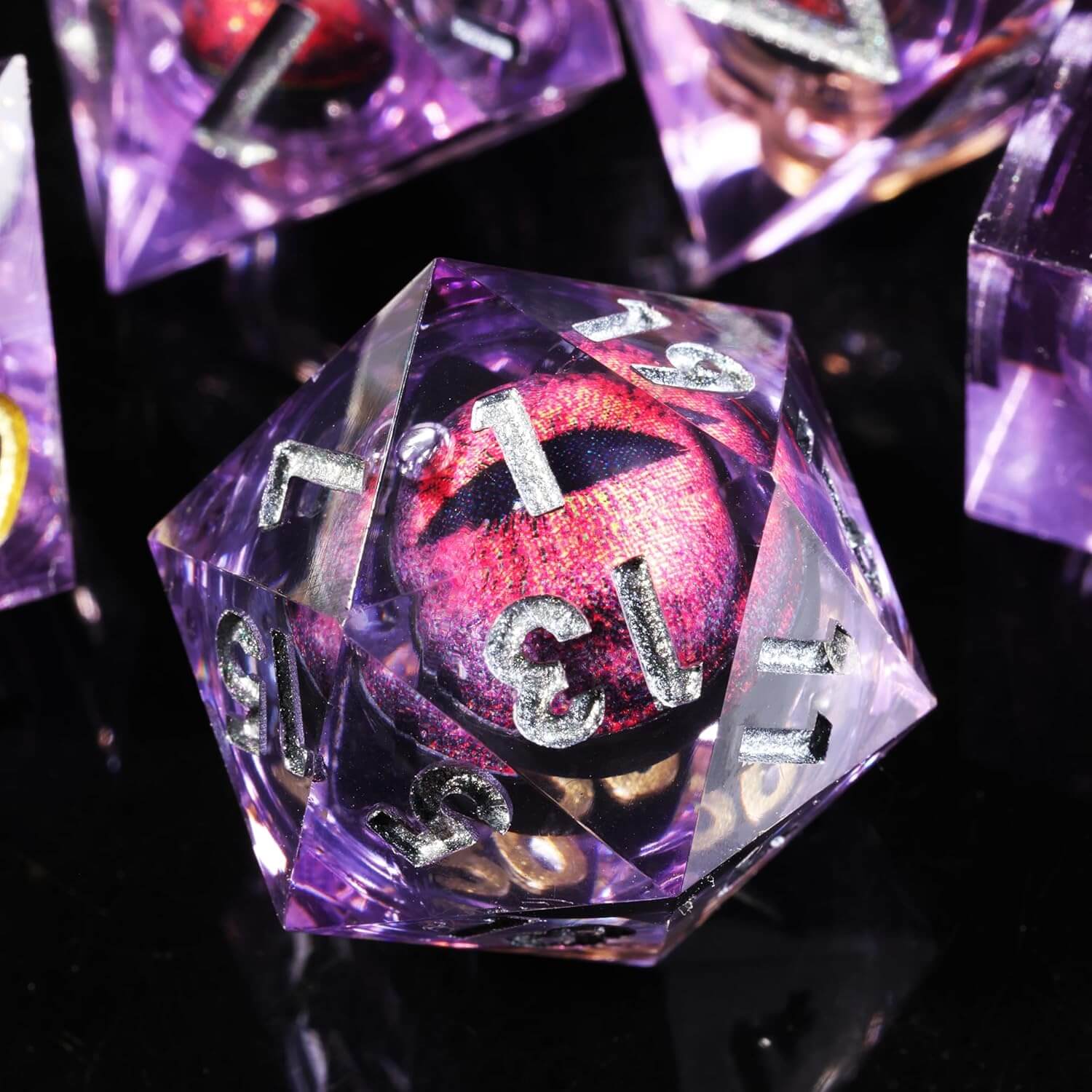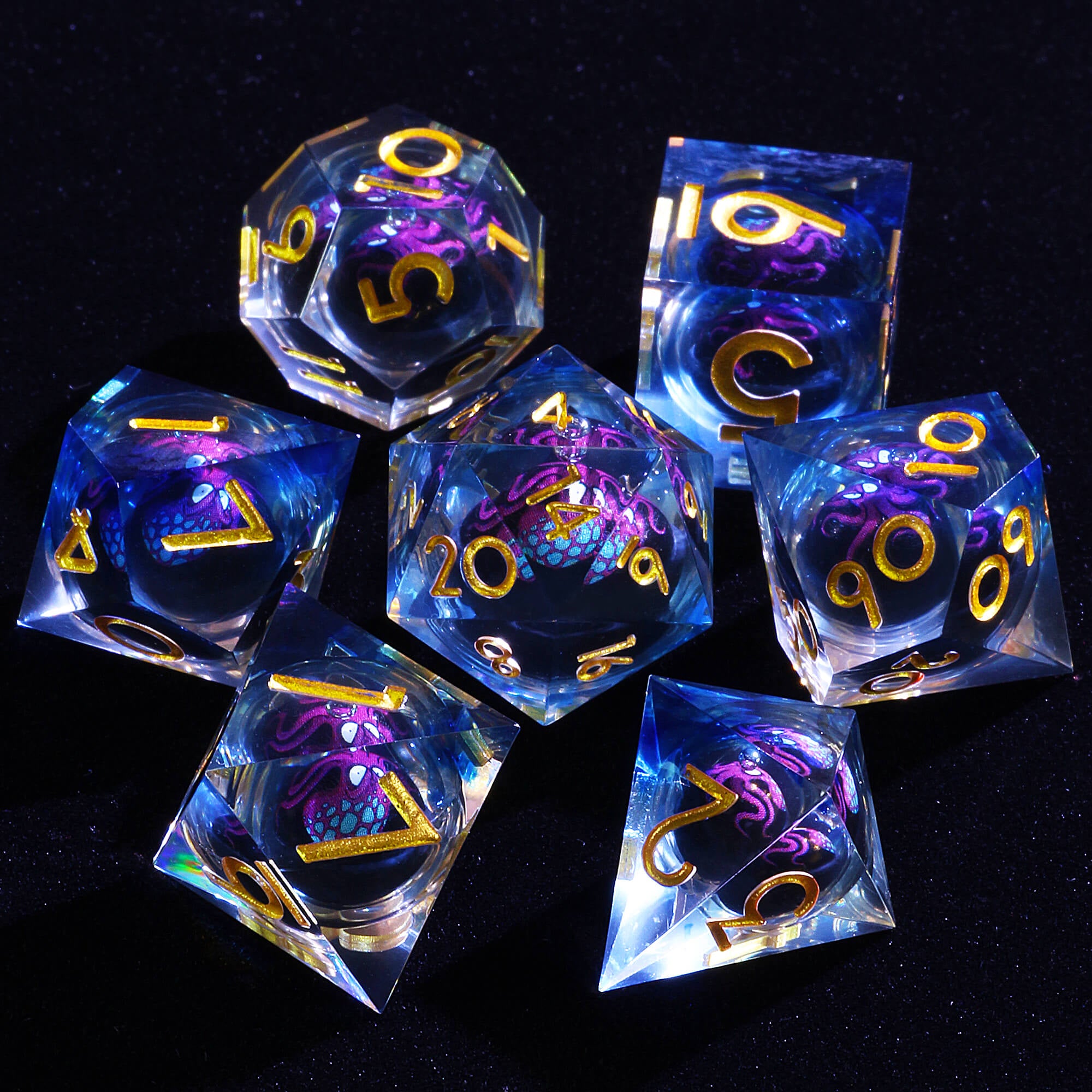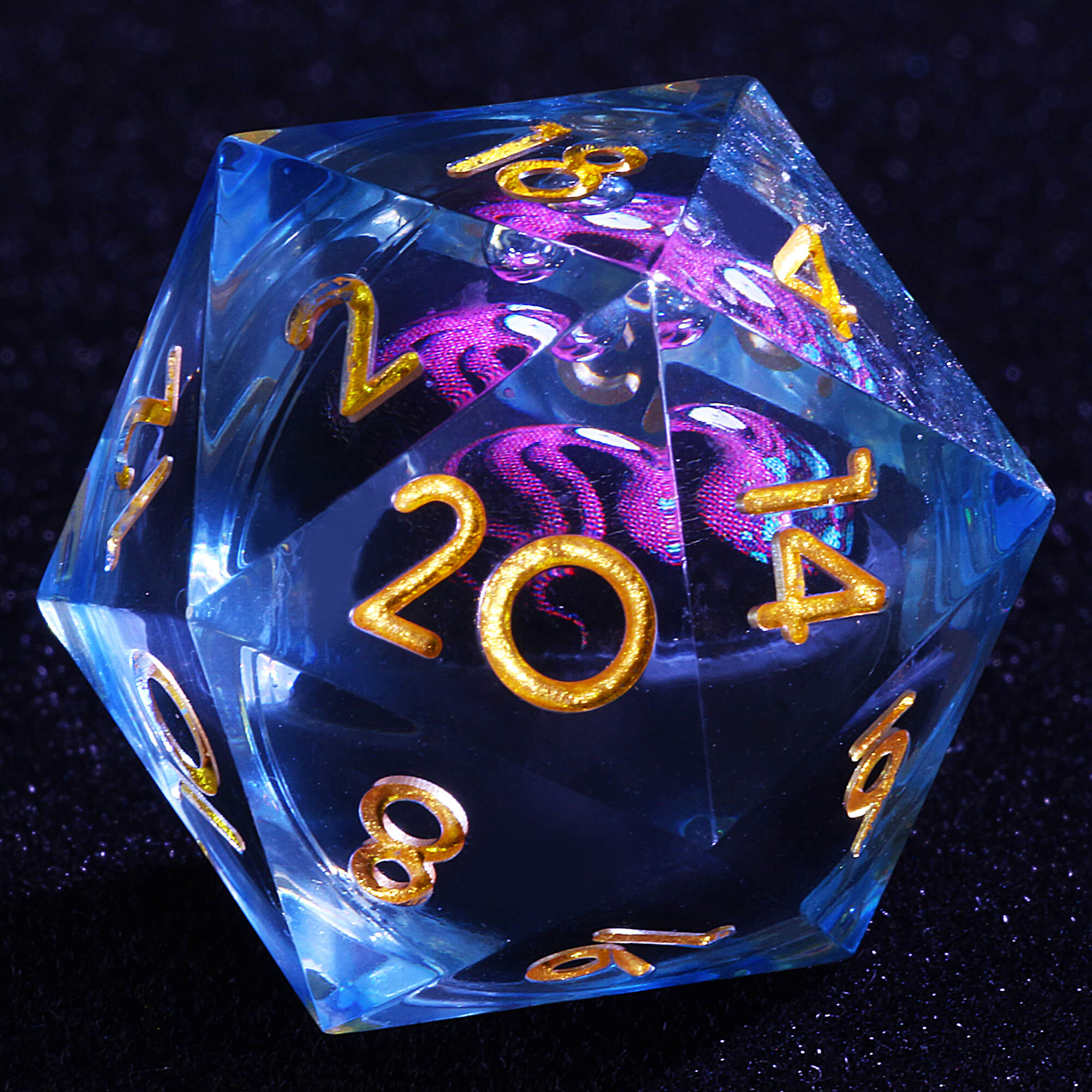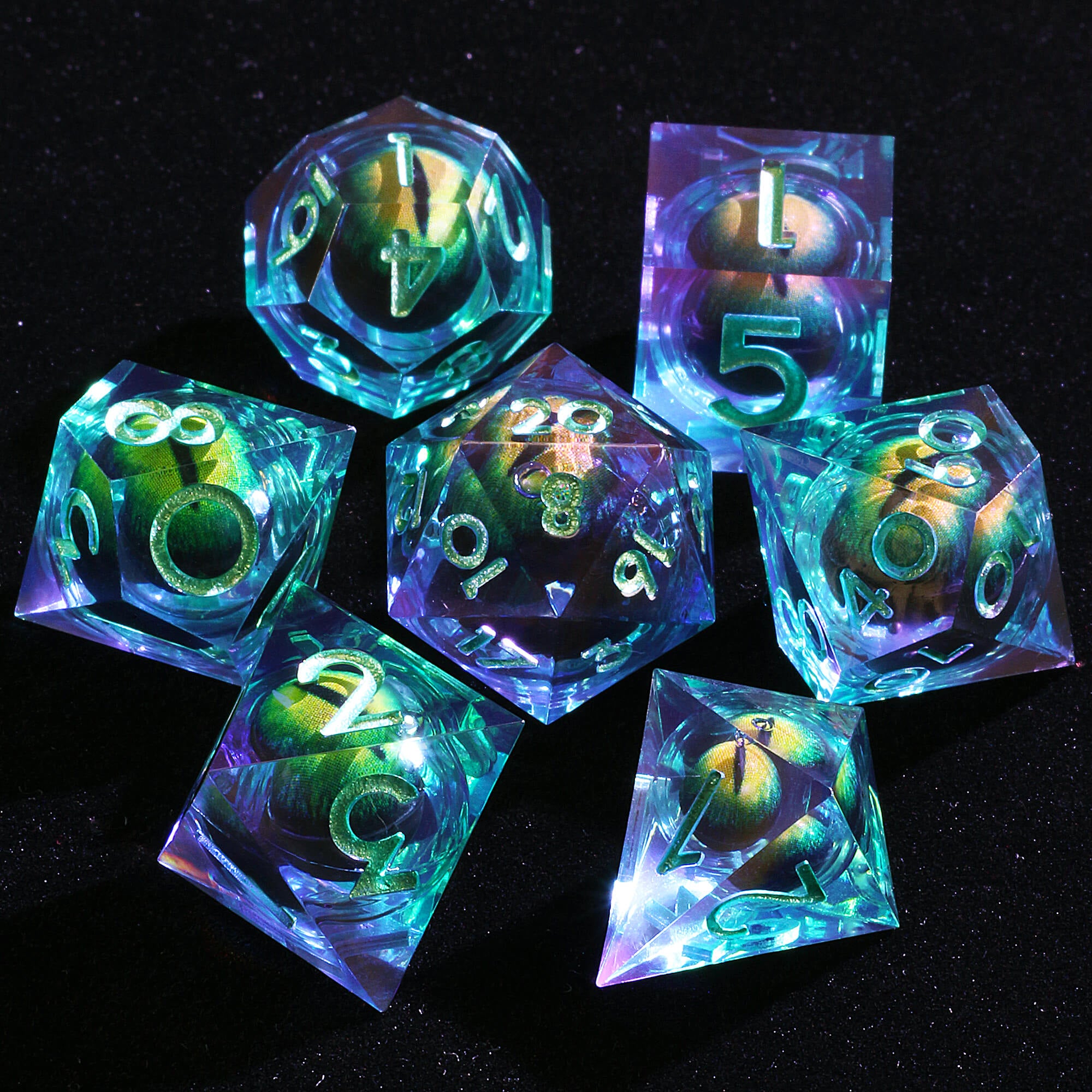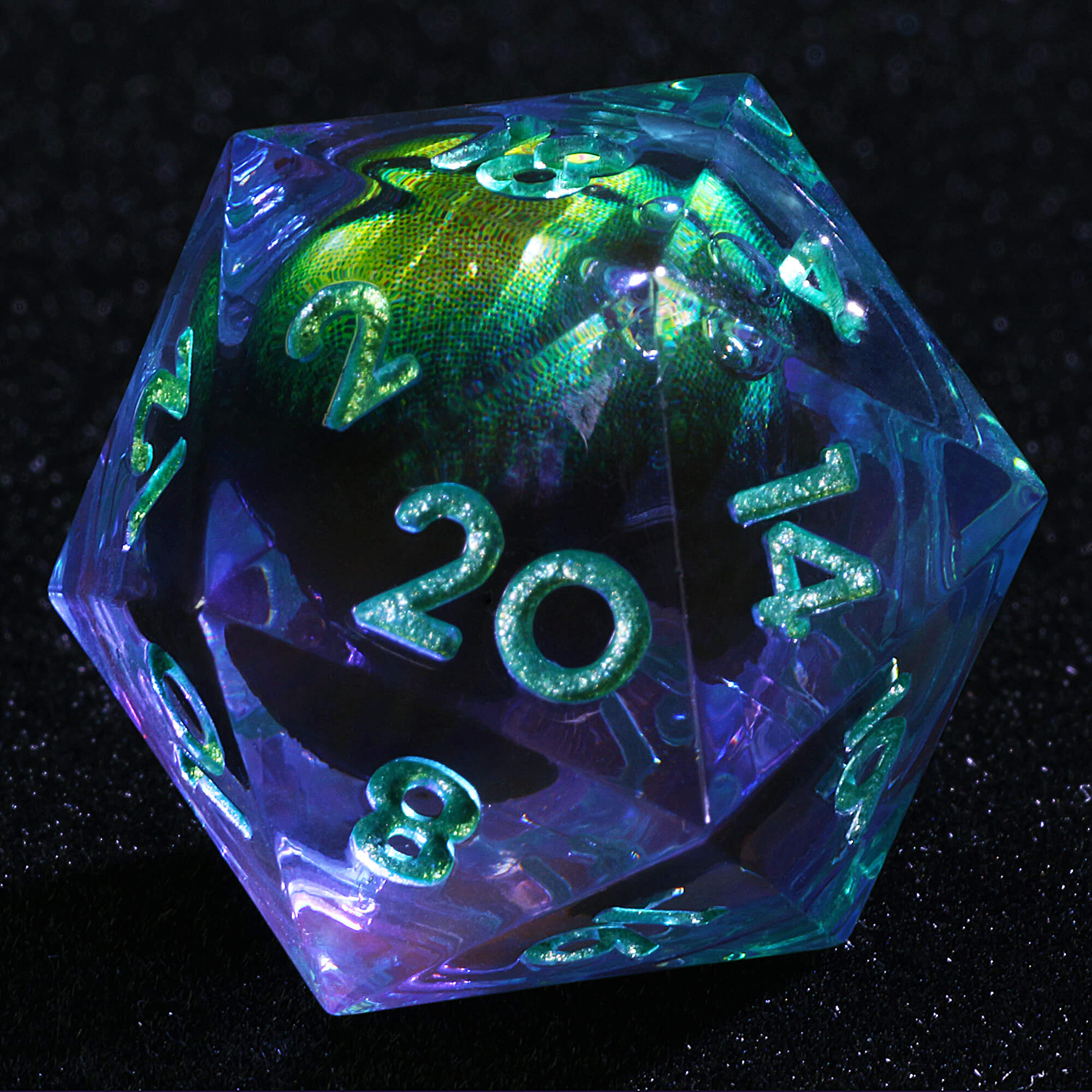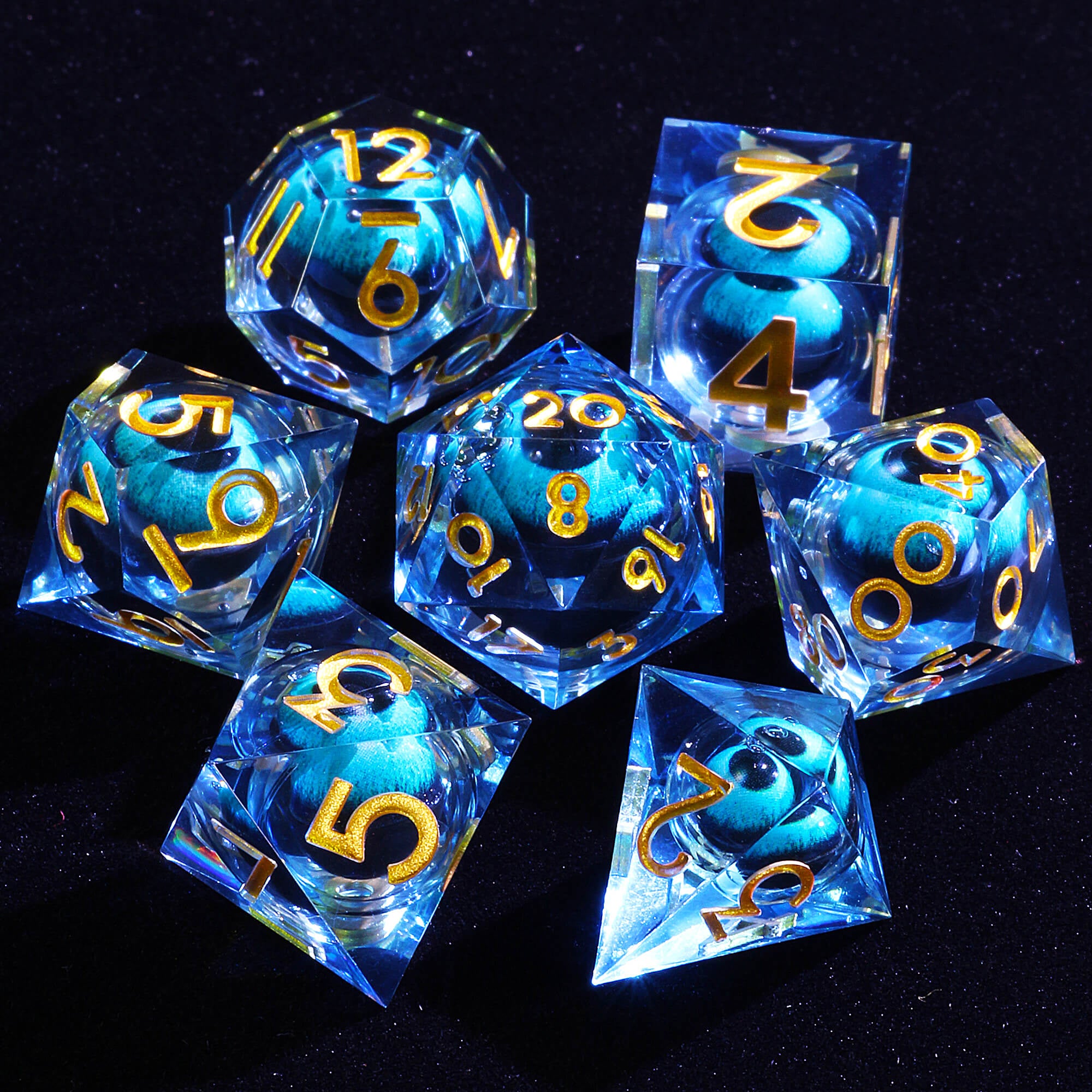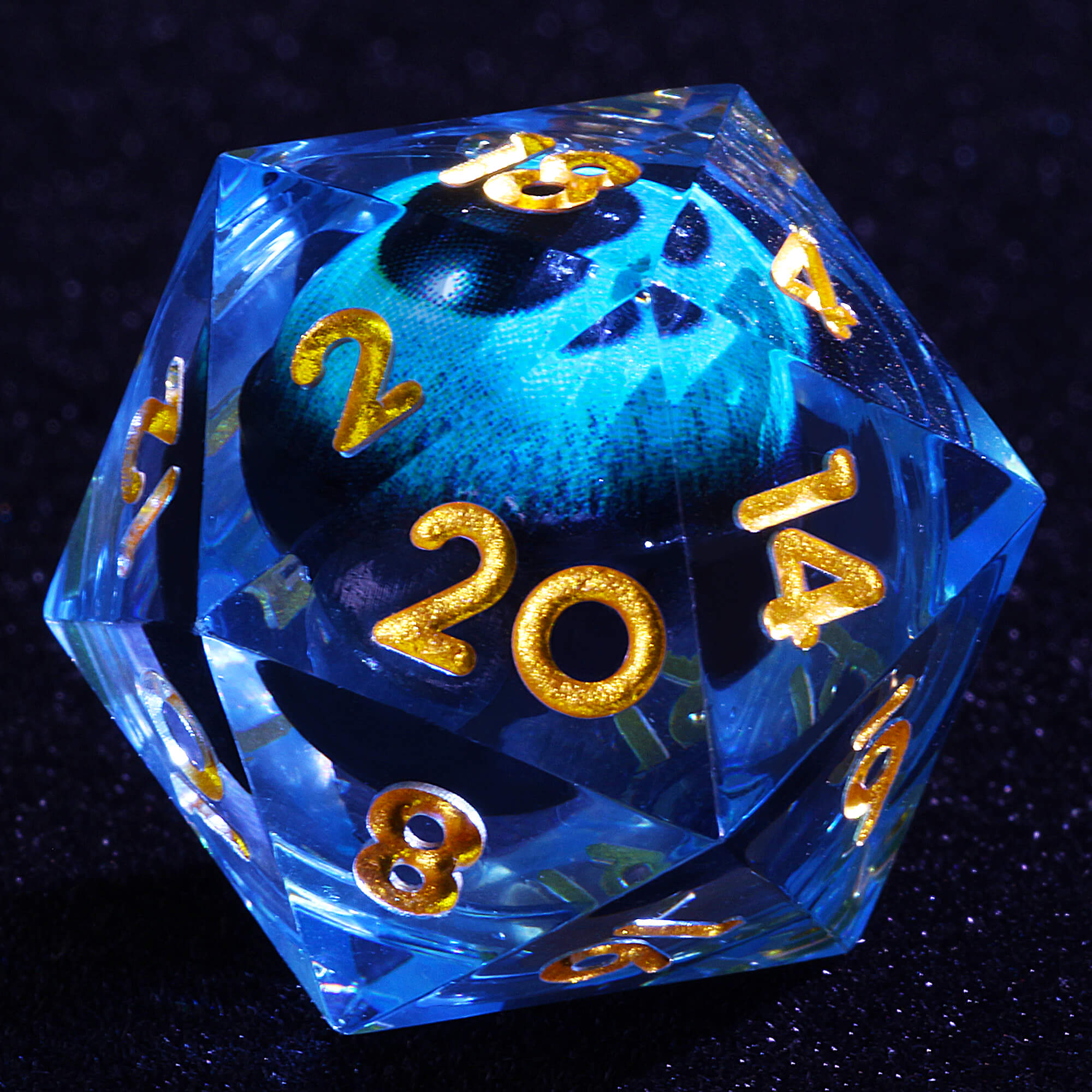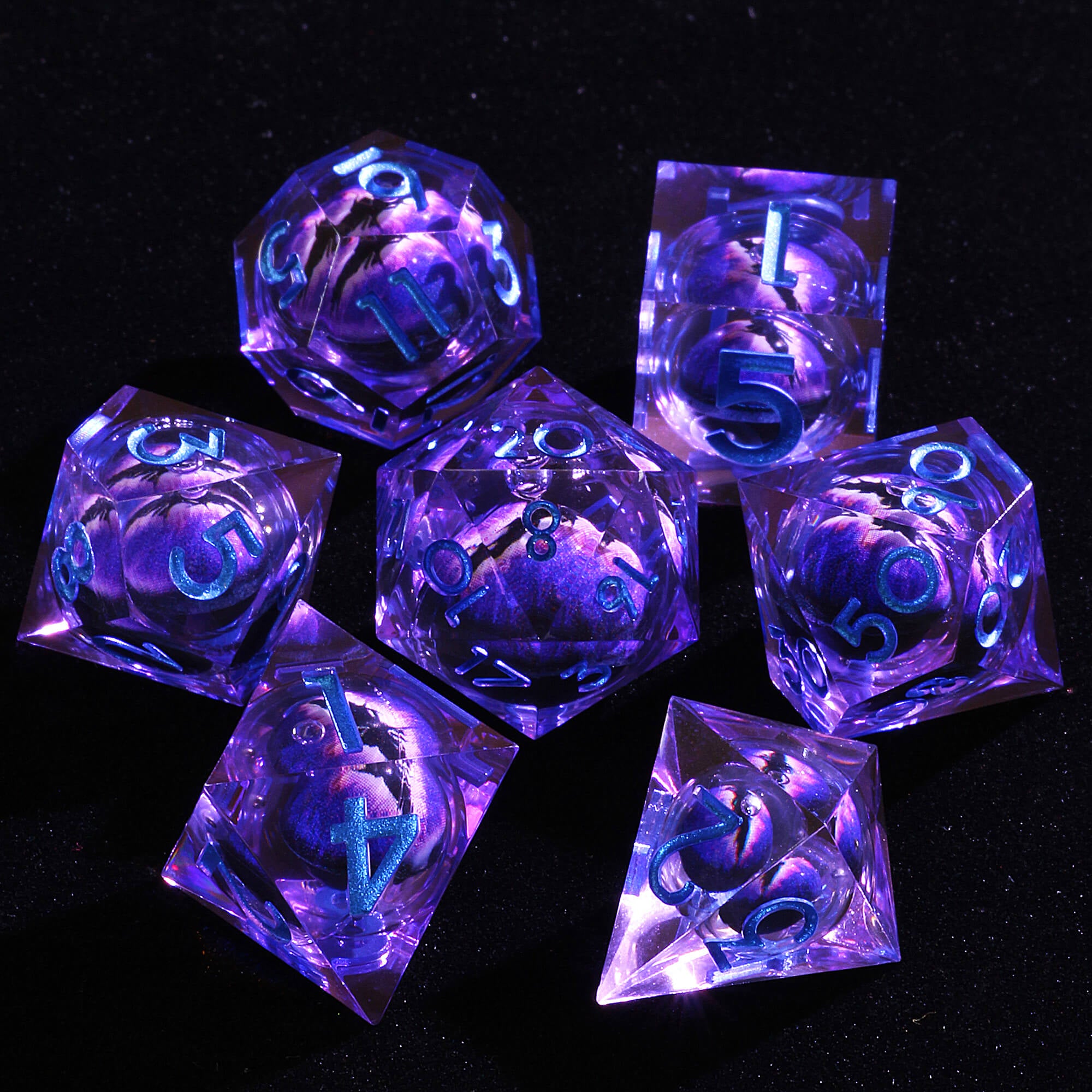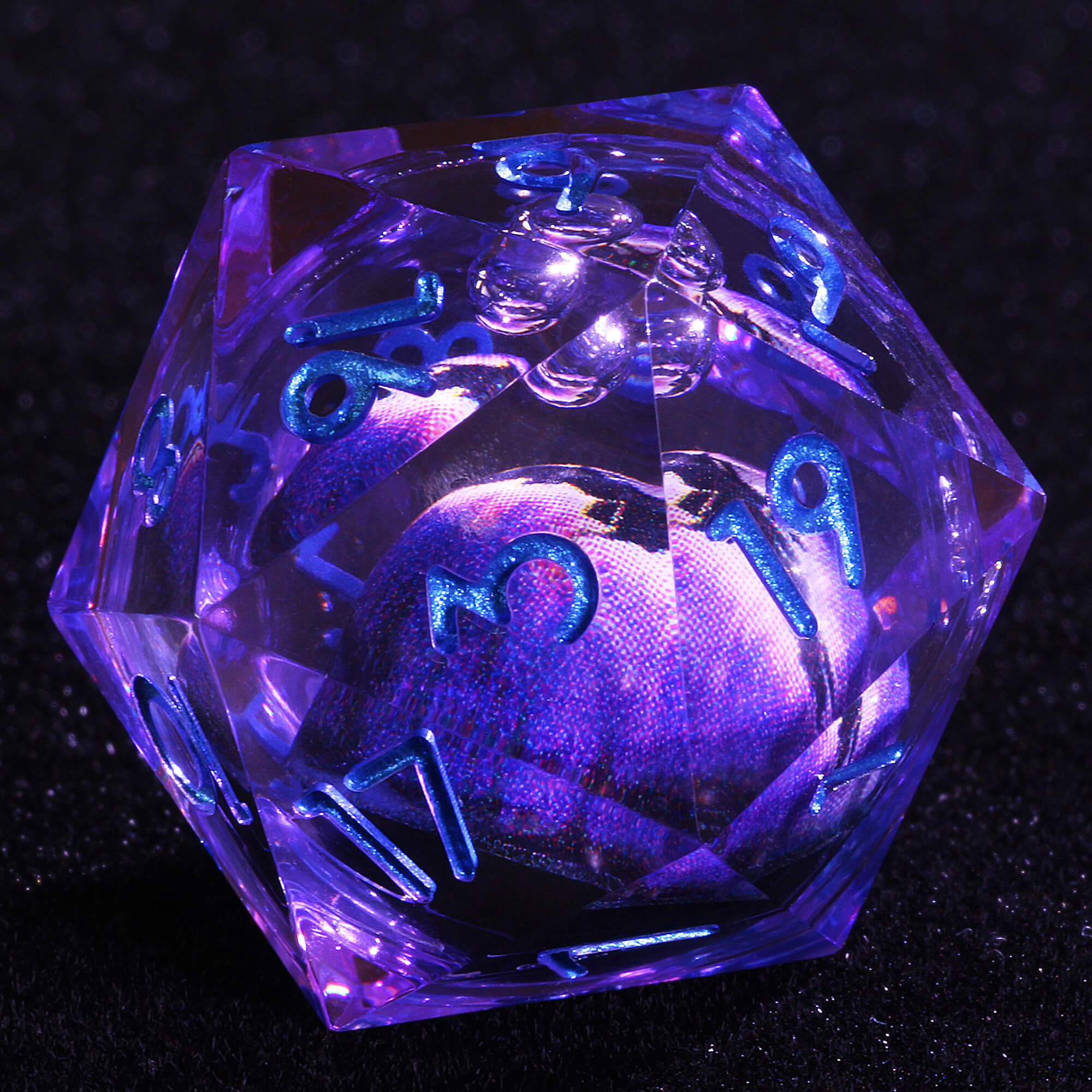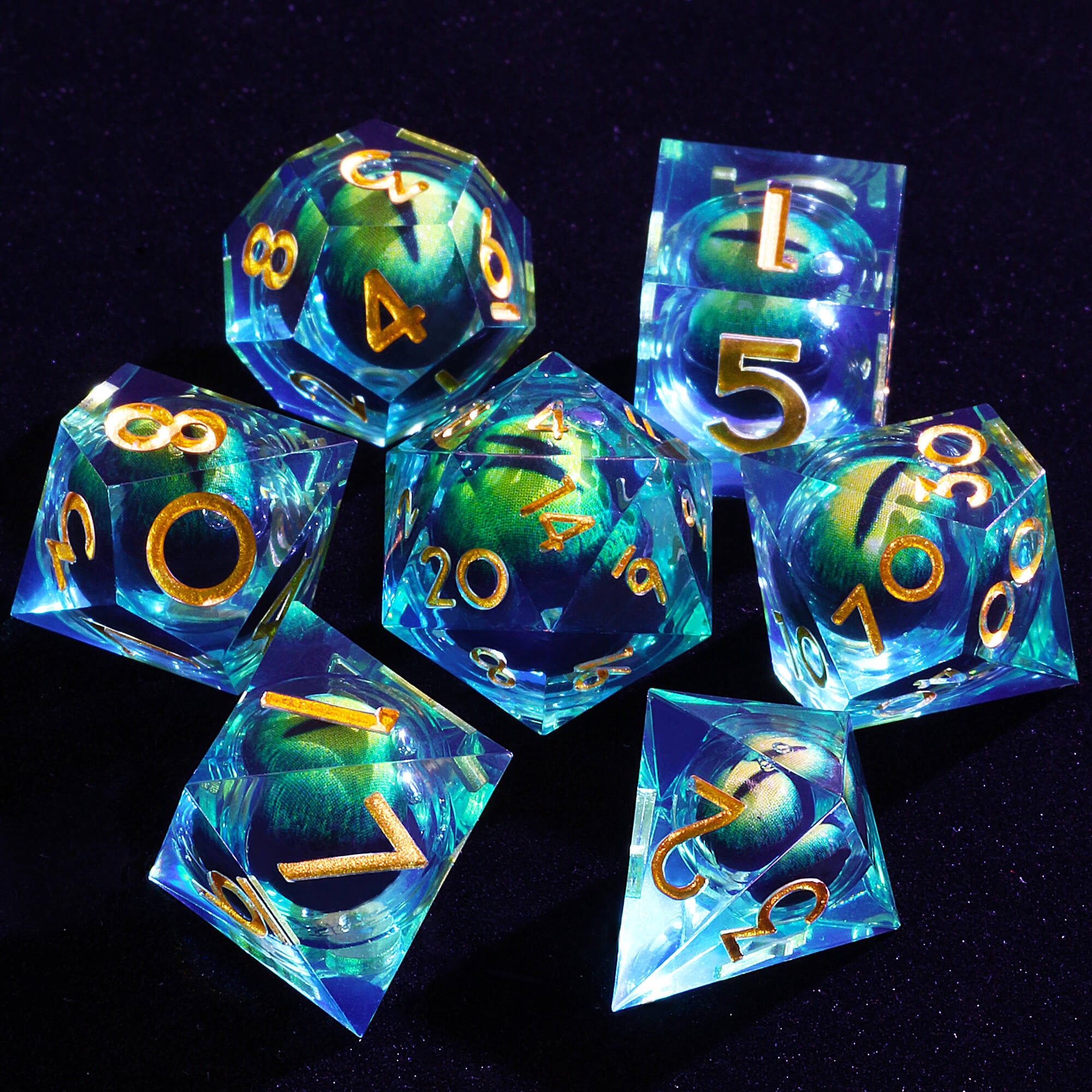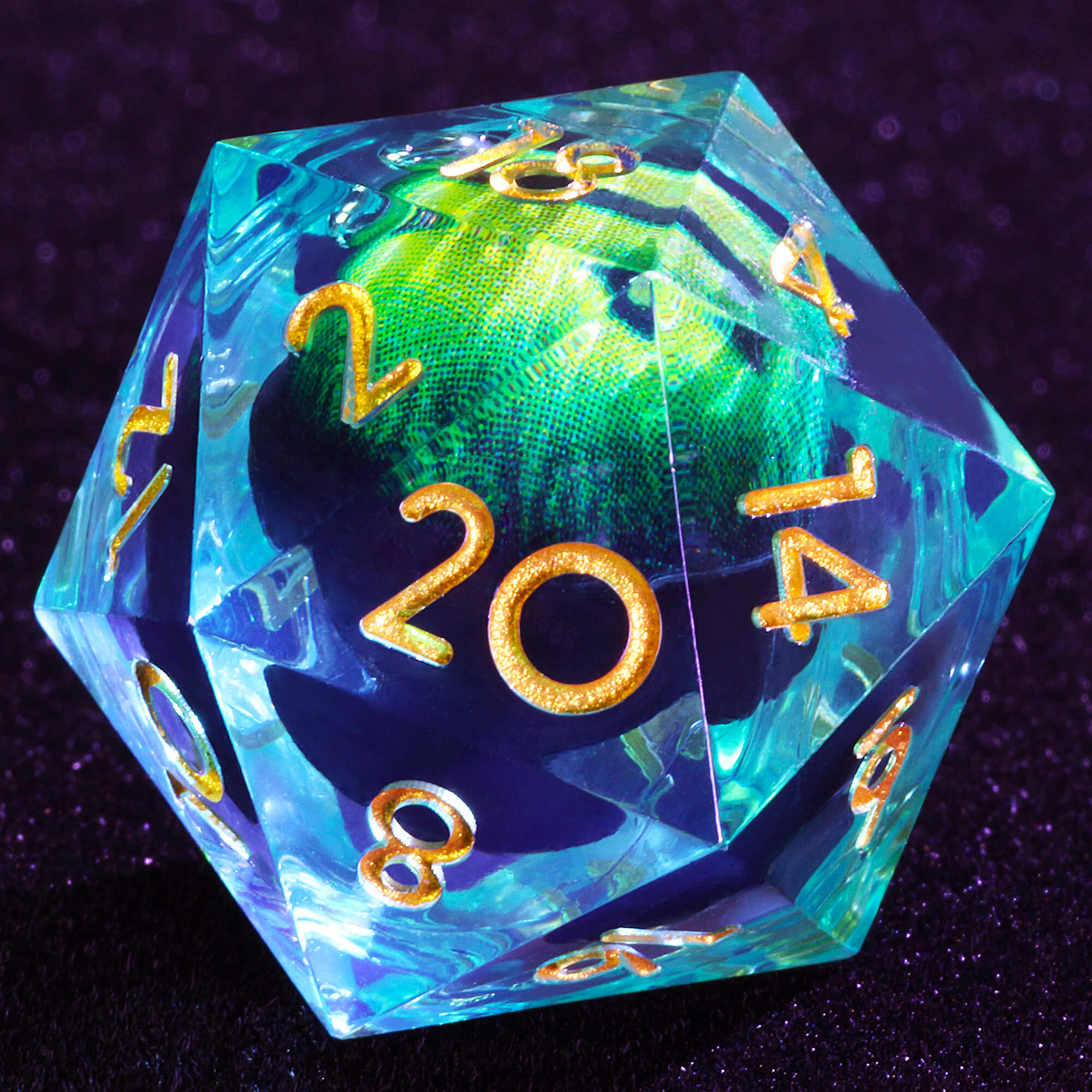Today I'd like to tell you about the very special role that dragons play in Norse mythology.
So if you're ready for some epic dragon stories, hang on tight, because we're taking off immediately!
Introduction to Norse Mythology
First of all, it seems important to talk a little bit about the Viking people. You've probably already heard about them because they're one of the most iconic civilizations in the history of mankind. There's even a TV show (simply called "Vikings") that was created to retrace the daily life of these historic people.
According to history, the Vikings were traders, explorers of the world but also Scandinavian pirates during a period called the Viking Age. This period stretched from the 8th century to the 11th century.
The peculiarity of this people is that they remained pagan for a very long time. That is to say that they had no religion. This is one of the reasons why the documentation of the time describes these men of the north as bloodthirsty individuals, ready to stick bread on each other all the time. This is mainly because they were not religious and that annoyed the various churches of the time who conveniently described them as primitive barbarians...
And even though the current literature suggests that the Vikings were indeed often known for their acts of violence and barbarism, the fact remains that they were, above all, incredible explorers. They were able to reach remote and unknown areas with the strength and sophistication of their ships.
Dragons & Vikings


The first thing that comes to mind if we're talking about dragons and Viking, is the dragon figures that adorned the front of their ships. But why exactly did they design their boats in such way?
The answer is simple: having a dragon figure at the bow of your boat is the kind of little detail that can easily put some fear into the heart of other sailors and possible opponents. The sight of a large boat, splitting the waves and appearing in the fog with a huge dragon as its bow, is a sure way to petrify your enemy with fear.
So it was primarily a technique to get a psychological advantage on potential enemies or on the people they wanted to plunder. It wouldn't have had quite the same impact if the prows of their ships had butterflies or squirrels on them, would it?
The Vikings didn't stop at their ships, by the way. Their strong bond with the dragons was also reflected in the architecture of their buildings. The rooftops of the houses could have dragon heads sculpted on them. According to the documentation of historians, it was a way to attract the protection of these powerful beings to their houses.
The Myth of Nidhogg (Níðhöggr)


Now that we've put things in context, let us tell you more about a dragon that is particularly famous among the Vikings: the legendary Nidhogg.
First of all, just the translation of its name should help you to understand it better. Nidhogg means "the one who strikes ferociously" in old Norse language.
In an old Nordic poem that is still famous today, the last stanza pays homage to the great dragon snake that is Nidhogg. The dragon is described flying over the plain, carrying flocks of corpses in its wings. Nidhogg is described as a bloodthirsty animal that sucks the corpses of murderers and adulterers.
It is the animal that serves to enforce the sentences of human justice. You might as well think twice before cheating on your girlfriend or boyfriend... knowing that you will end up being thrown into his lair.
He is one of the dragons that we still find in popular culture today. Books, films, cartoons, video games... it is not uncommon to find representations of this famous dragon. By the way, we can also note that the character Harold, in the famous animated film Dragons, is a young Viking dragon trainer.
The Mistake Everyone Makes
We're going to close this article by giving you a little information that will certainly allow you to shine in society or during a meal with friends.
If you are told "drakkar", you should immediately think of the name of the boats used by Vikings, right?
Well, that's actually a barbarism. Which means it's pure invention. Vikings never called their boats that way. The term drakkar was invented in the 19th century and it was inspired by modern Swedish. In Swedish, drake means dragon. A double 'k' was added to accentuate the exotic effect. When Vikings talked about dragons, they used the term dreki, which is from old Norse.
Vikings certainly carried dragons in their hearts. It was a very strong symbol of power and protection, but also of danger.

